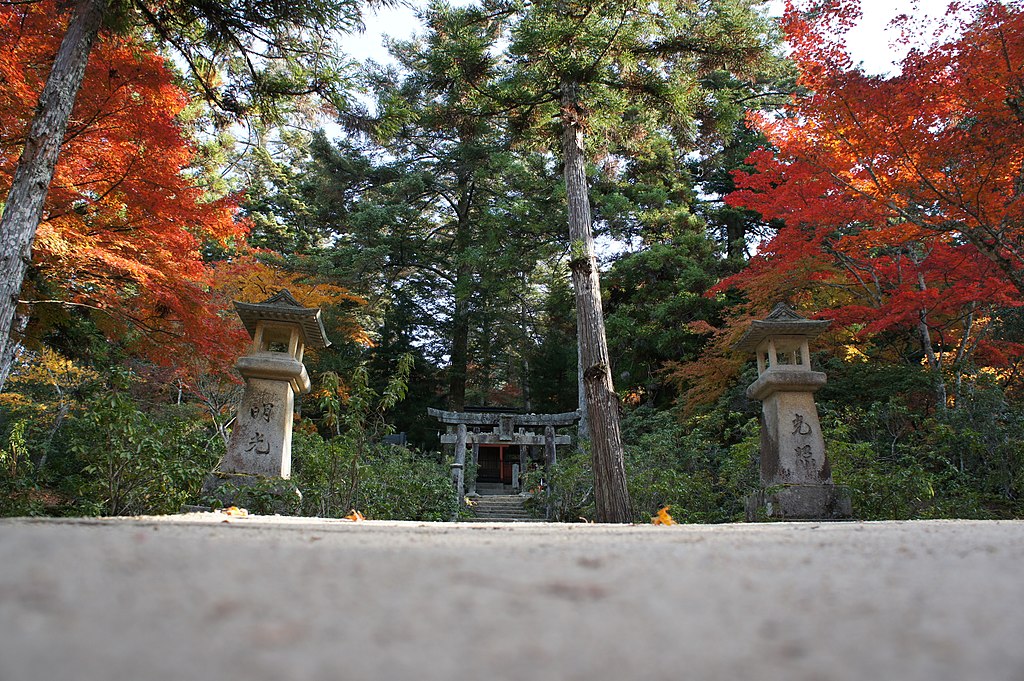Sep 28, 2023
Where to See the Fall Leaves in Hiroshima
Even if you’ve seen autumn foliage in other countries, nothing compares to Japan. Hiroshima is an ideal place to experience the fall colors because the prefecture is packed with forests, temples, and gardens. The possibilities of where you can see the leaves are almost endless, but a few spots stand out as the best.
Fudoin Temple
Many of the temples in Hiroshima are perfect places to see the fall leaves because they are surrounded by maple trees. One such temple is Fudoin. This historical site has statues dating back to the Heian Period and several important cultural assets. A highlight in November, though, has to be the red leaves of the trees that encircle the main hall.
Momijidani Park
Take a trip to Miyajima Island to visit the valley of around 700 maple trees at Momijidani Park at the foot of Mount Misen. There are several paths to choose from, the most popular being the route to Momijibashi Bridge. If you enter the more isolated parts of the park, you may even catch a glimpse of some of the deer that live here.
Kosanji Temple
Another island destination where you can see fall colors is Kosanji Temple on Ikuchijima. The leaves on these maple trees range from red to yellow, with every shade in between. As you wander the grounds, you’ll encounter historic structures like the towering Buddha statue, the pagoda, and several sculptures.
Taishaku Valley
Head to Taishaku River in the northeast of the prefecture to see the fall colors against the backdrop of a gorge. The best way to experience Taishaku Valley is to take a pleasure boat or kayak down the river. Pleasure boats will also take you to Shinryu Lake over the course of a 40-minute tour. Alternatively, you can walk along the shore, following the footpaths and bridges.
Shukkeien Garden
Named one of the top 100 historic gardens in the country, Shukkeien is located in the heart of Hiroshima city. The original Shukkeien Garden was built in 1620, but the atomic bomb destroyed it. The garden that stands in this spot today dates back to 1970. Although it is worth visiting at any time of year, the garden is especially spectacular during the fall, when it stays open later than usual to allow visitors to see the autumn colors after sundown. Complete your experience by going to the night café — here, you can pick up a kimono to wear while you walk around the grounds.
Buttsuji Temple
An important temple for Zen Buddhism training, Buttsuji is surrounded by two types of maple trees: momiji and kaede. The trees are interspersed with Buddhist statues, creating a particularly picturesque image during the evenings when the area is illuminated to highlight the foliage.
The best time to see the fall leaves in Hiroshima is the second half of November, although the colors start changing in late October. If you have the time, try visiting at least a few places on this list.
tina_kazusa, CC BY 3.0, via Wikimedia Commons


About the author